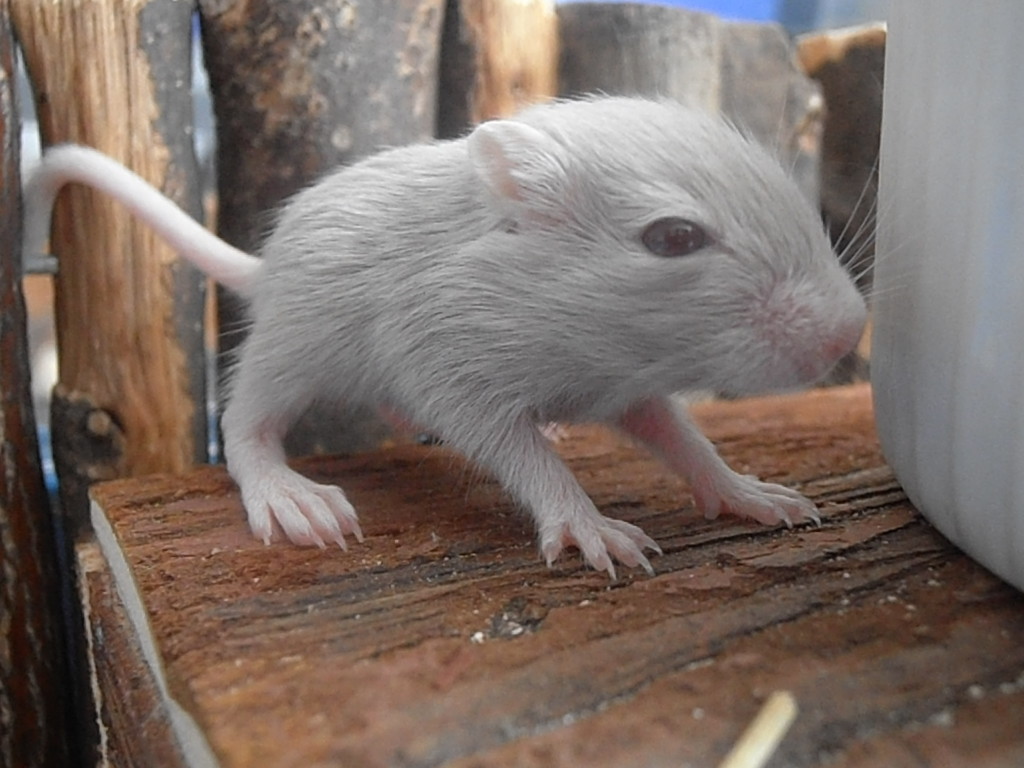
OLYMPUS DIGITAL CAMERA
Finding ways to keep mice problems under control can be a challenge since they have an uncanny ability to adapt and circumvent whatever methods are being used at the time. Aside from exterminating or trapping them, there are few, if any, sure-fire techniques that are guaranteed to work. However, there are still some safe and natural options that are worth trying out, even if they only produce temporary results.
Sensory Overload
Mice have a very acute sense of smell, and certain odors can drive them away until the scents wear off. Mothballs contain compounds that are known to be repugnant to mice, and just keeping a few in the back of kitchen cabinets can be enough to drive them from the area entirely. The only drawback is that mothballs are toxic to pets. Consequently, you’ll only be able to place them in areas that are out of reach of your pets, so chances are that mothballs alone won’t be enough to protect your entire home.
Another option is to fill small glasses or bowls with ammonia and set them in areas where mice come and go. The logic behind this option is that mice confuse the ammonia with the urine of predators, and this can scare them into avoiding the area. Unfortunately, ammonia loses it’s punch after a while, and you’ll need to replace it on a regular basis.
Peppermint oil is also a time-honored and effective trick that is worth trying, and all you need to do is apply it to cracks and crevices where mice pass through. However, the oil will lose its scent after a few days to a week, so frequent reapplication is necessary. Finally, consider using dryer sheets as their scents are thought to drive mice away as well.
Unfortunately, mice won’t be eradicated by scents alone even if they stop going into areas where these fragrances are present. After time, they will find alternate routes or congregate in areas that are not protected. Consequently, you’ll be playing a continual game of cat and mouse with almost any substance that doesn’t contain a poison.
Prevention
We’ve discussed this before, but it’s worth repeating again: Prevention is key to keeping mice from infesting the home. Seal off holes, cracks and crevices and store foods in airtight, preferably metallic containers that mice can’t chew through. Another excellent option is to pack openings with steel wool as most mice can’t eat through the material as well.
Aside from prevention, trapping or poisoning mice that have already taken up residence in your home is really the only option. If you don’t feel comfortable with poison or killing mice with standard traps, consider making your own by coating a roller of some sorts with some peanut butter and placing it above a bucket or container with a lid. The mice will jump on to the roller and fall in, but they won’t be able to climb out. You can then dispose of the mice in an area that is far from your home without having to kill them.
This isn’t meant to be a complete list of repellents to experiment with, but they are some of the most popular and effective. Just remember that you’ll probably need to adapt over time, and none of them will completely eliminate the problem. However, this may be a worthwhile trade-off if you don’t want to resort to using poisons. No matter what, it’s important to take rodent problems seriously because they can spread disease and destroy food stockpiles, and those are the last things that you want to deal with during a period of prolonged self-sufficiency.